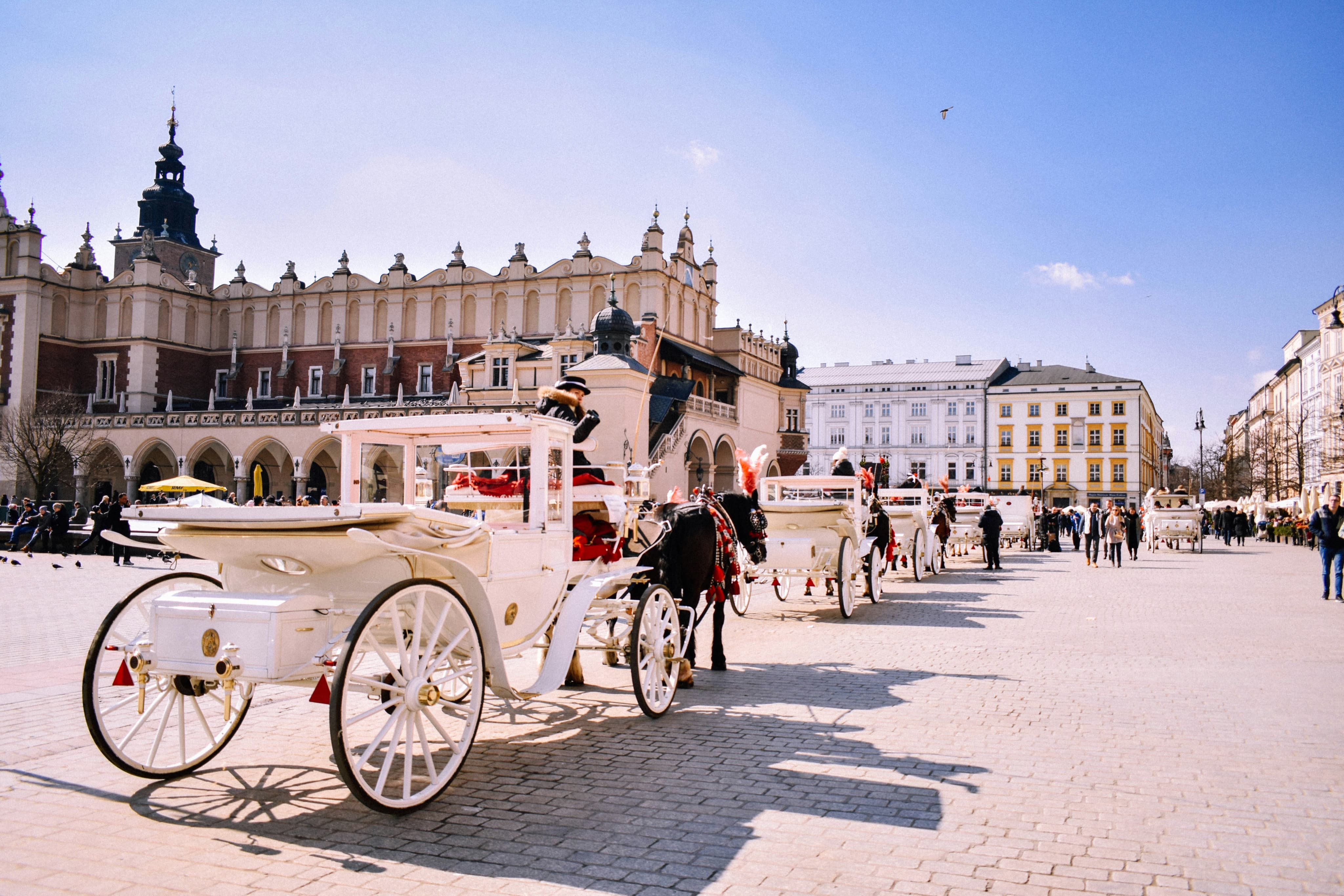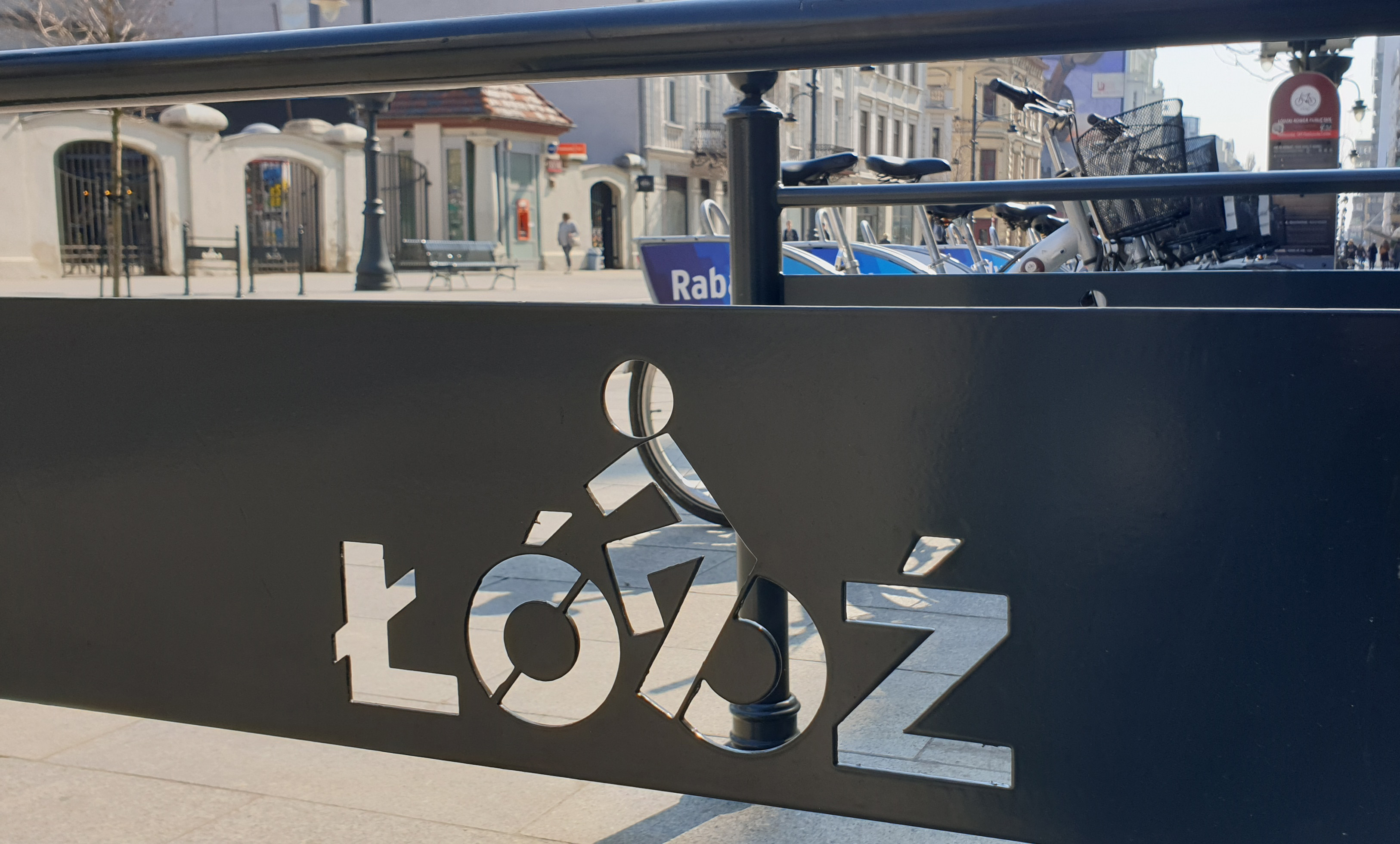The holiday period in Poland usually sees thousands of holidaymakers heading north to the Baltic coast, or south to the mountains. However, there’s another exciting destination that still remains just under the radar despite increasing buzz...
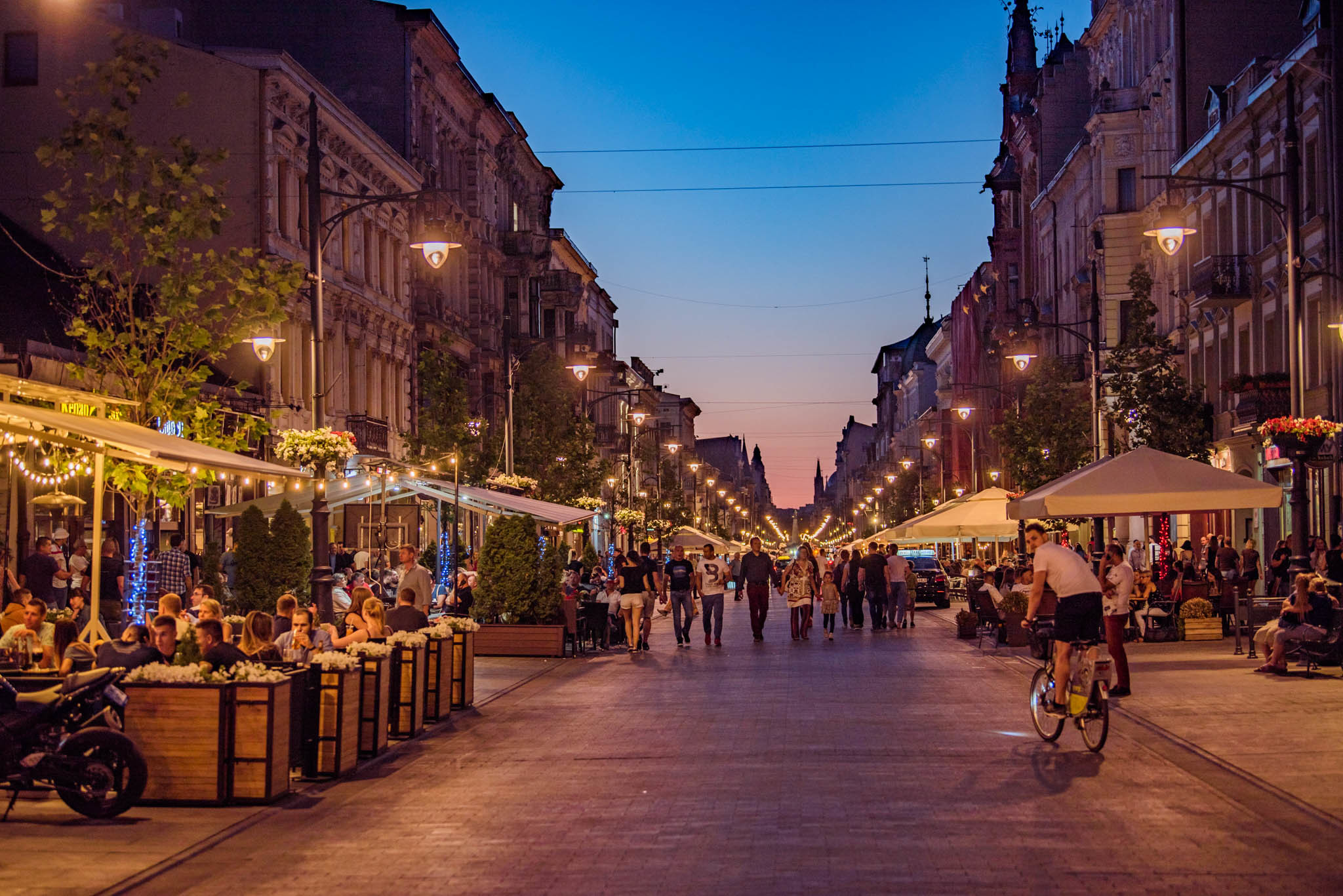
is also the longest pedestrian shopping street in Europe! [Photo courtesy of UMŁ.]
All Roads Lead to Łódź
Rome wasn’t built in a day, and nor was Łódź (pronounced 'Woodge' ), but all great cities have their ups and downs before sealing their top-class status. Poland’s 2nd most populace city (after Warsaw ), the Łódź of today is very different than the city of just two decades ago. It may surprise you to know that many consider Łódź to currently be in the midst of a second 'golden age' as it revitalises its former factory buildings and industrial complexes into modern centres for culture and the arts. A post-industrial revolution is well underway, but you need to get here to enjoy it.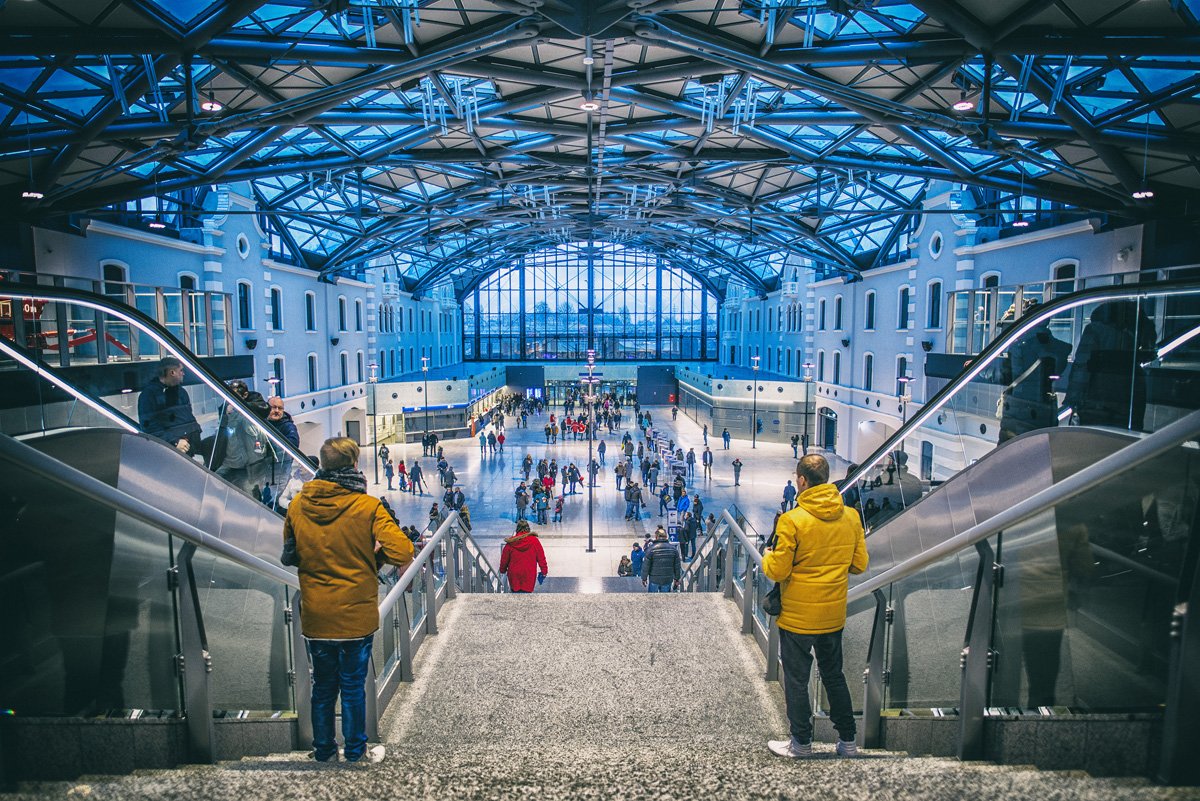
How? All roads lead to Łódź! And for that matter, most trains too. With the building of the north-south A1 and east-west A2 motorways and connecting S8 expressway , the natural intersection point for these cross-country highways is in the middle of the country , which just so happens to be where Łódź is located. Getting there by bus or car is therefore quick and easy. If travelling by train is your preferred option, the majority of Polish cities have a direct connection with the city ( Łódź Fabryczna Train Station is just 1.5hrs from Warsaw Central Train Station ), and if they don’t, well, that’s part of the regeneration efforts to modernise existing stations ( Łódź Kaliska ) and tracks nationwide over the next few years.
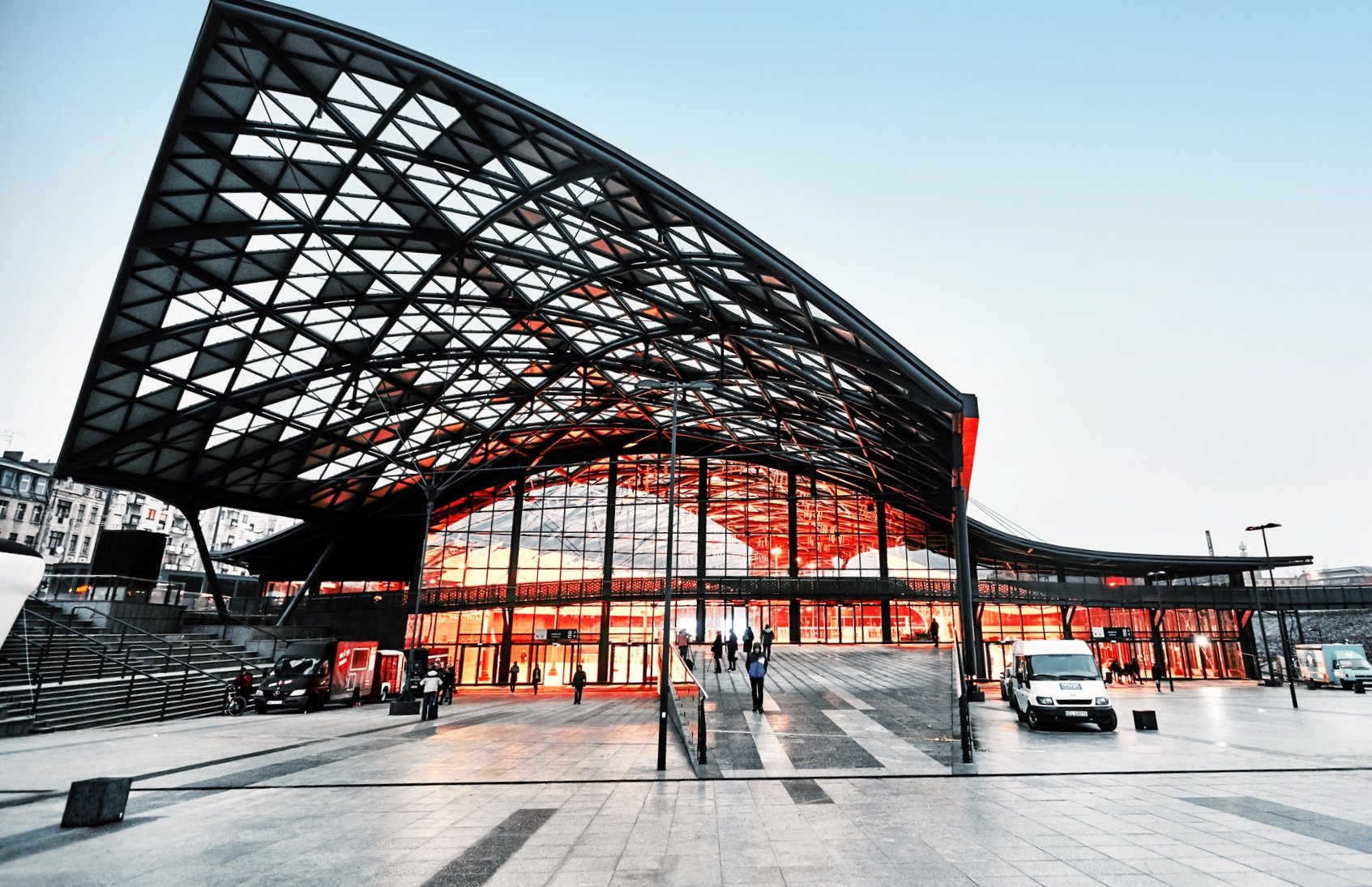
Industrial Heritage & Post-Industrial Revival
Before you arrive, let us give you a quick rundown of the city’s history . The beginnings of Łódź resemble that of most cities – a small country backwater which then experienced a booming expansion. However, it took a little longer than you might expect. The first written record of a settlement here dates back to 1332, under the name 'Łodzia,' with a population of only about 800. It more or less remained that way for the next millenium , until the industrial revolution reached PL and the first cotton mills started to appear in the early 19th century. At this point the city grew rapidly as more and more mills and factories opened, bringing an influx of workers from the countryside and beyond. Łódź soon became known as the ' City of Four Cultures ,' mixing Polish, Russian, German and Jewish peoples in one big melting pot. In a nice bit of contemporary irony, British workers also came to work in Łódź, which also became known during those boom times as ‘ The Promised Land ’ ( Ziemia Obiecana ) - as Polish author and Nobel laureate Władysław Reymont put it aptly in his famous late-19th century Łódź-based novel of the same name.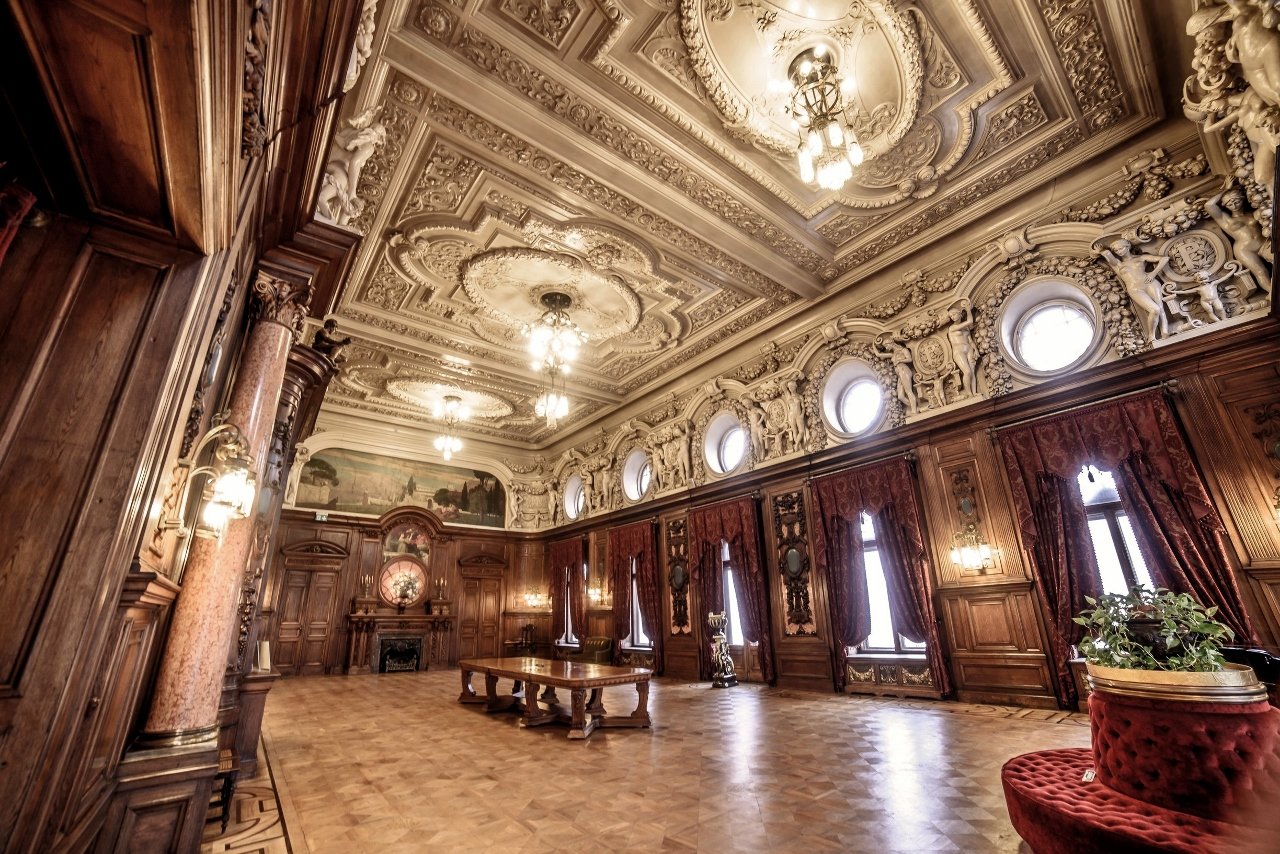
And so the mills and factories churned on until the wars of the early 20th century ushered in the city's industrial decline. Łódź faired poorly under communism as a period of stagnation set in, and by the time country was opened up for private ownership in the 1990s, neglect and dereliction could be seen across the city. At the turn of the 21st century, plans were put in place to revamp the city – ambitious, to say the least, given Łódź’s less than savoury reputation at the time. The huge investment that kick-started Łódź's changing fortunes was Manufaktura - the second biggest of the city's former textile factories reopened in 2006 with a host of attractions located on-site. This multifunctional approach - mixing historic and modern architecture, bridging the old with the new, paying homage to the past while looking confidently to the future and meeting the needs of modern consumers - was the key to the project's success.
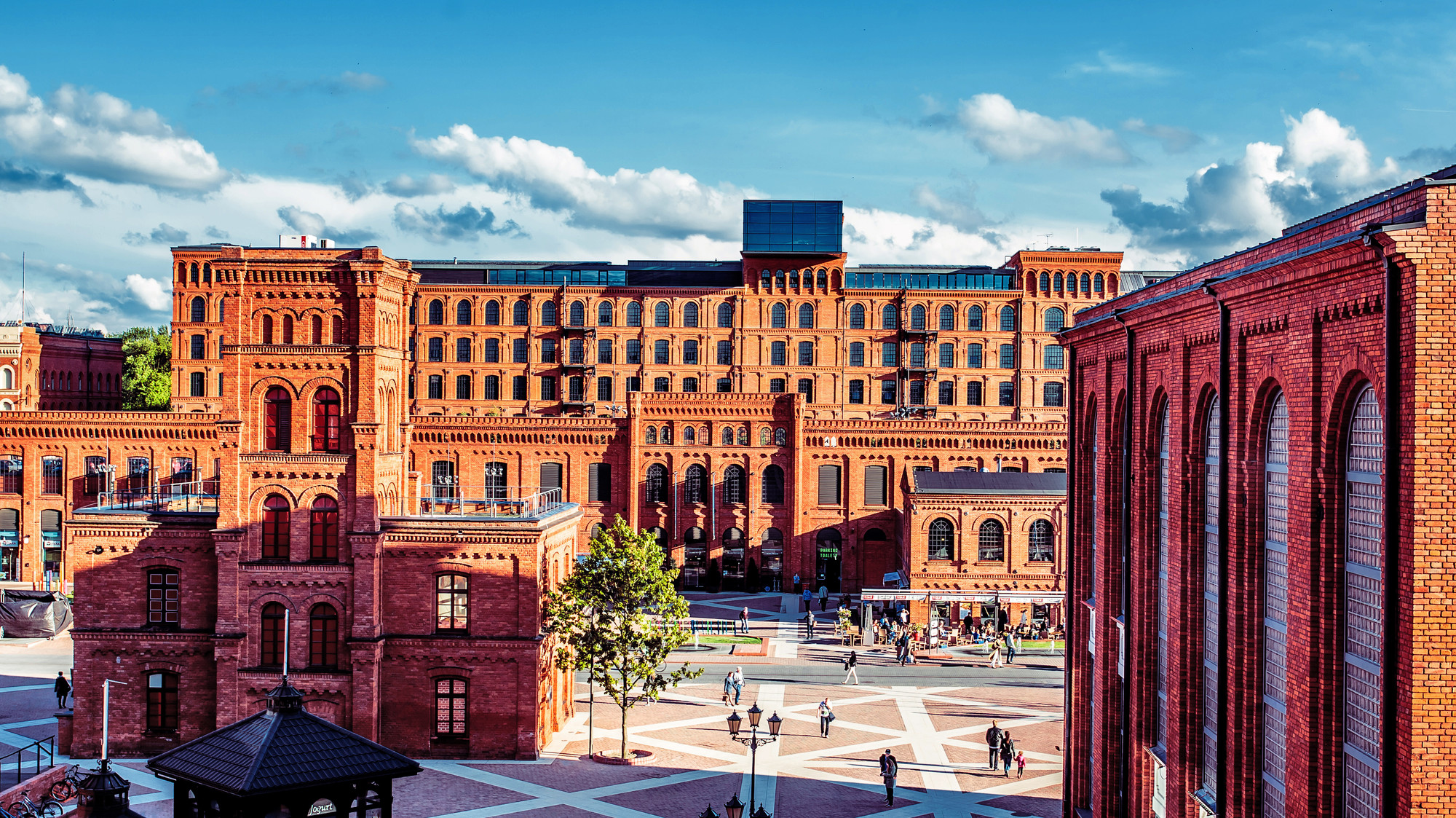
with a host of food, shopping and entertainment options on-site. [photo courtesy of UMŁ]
